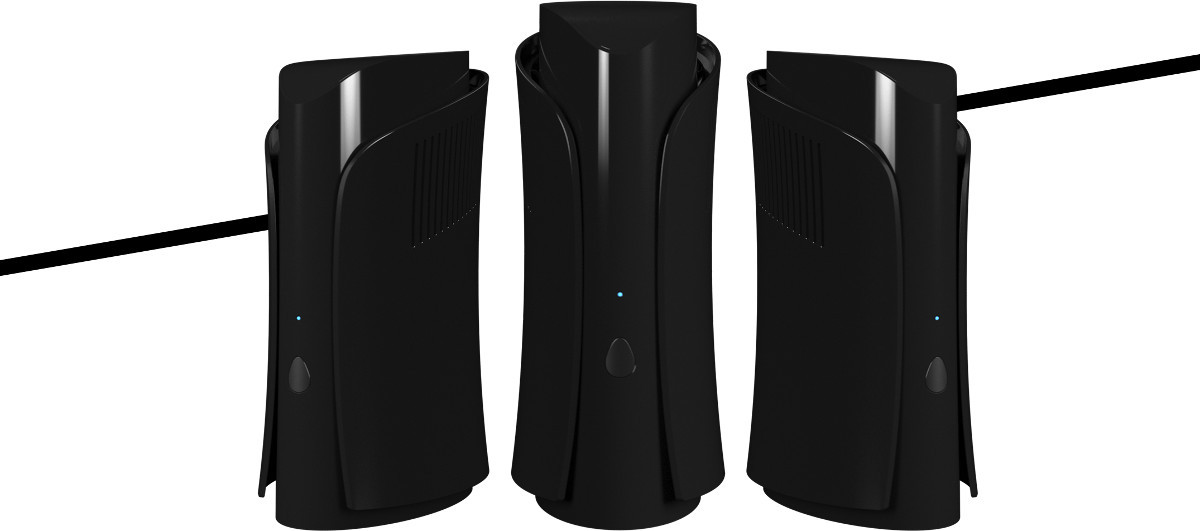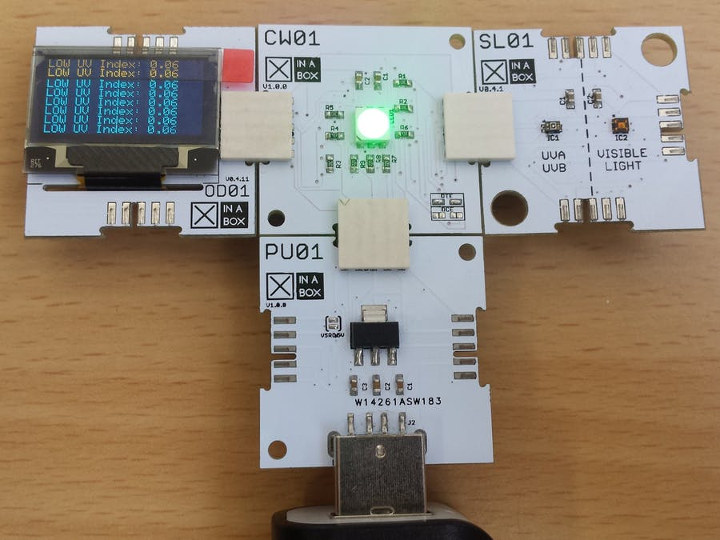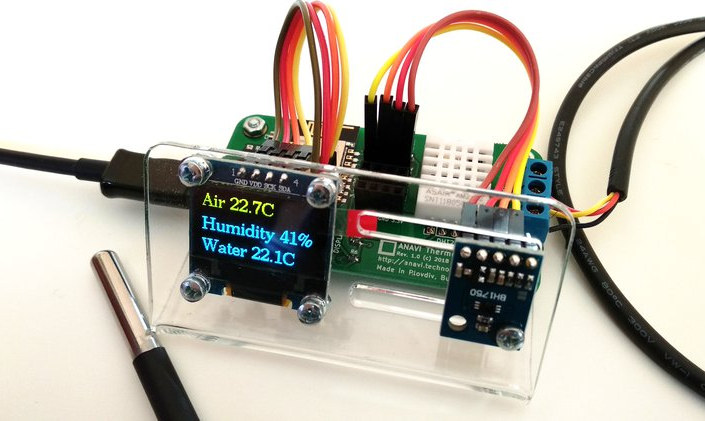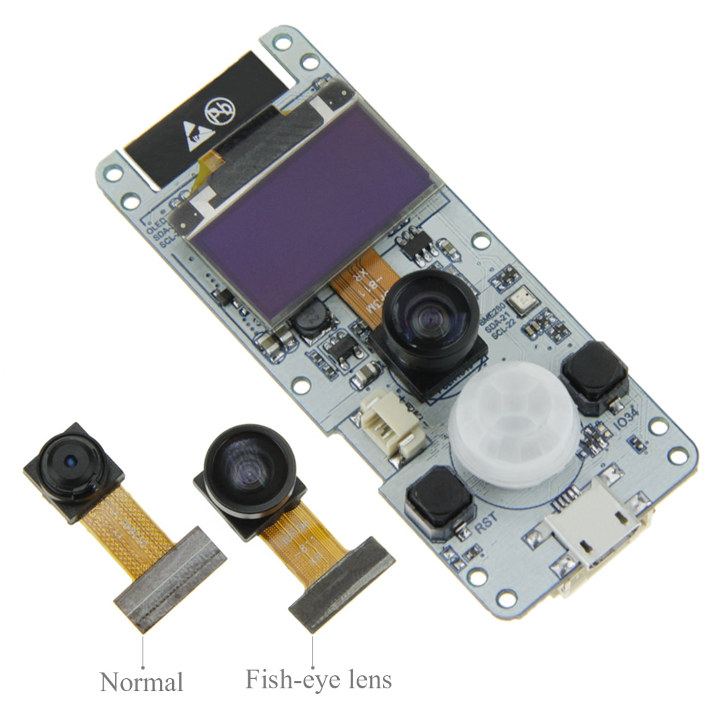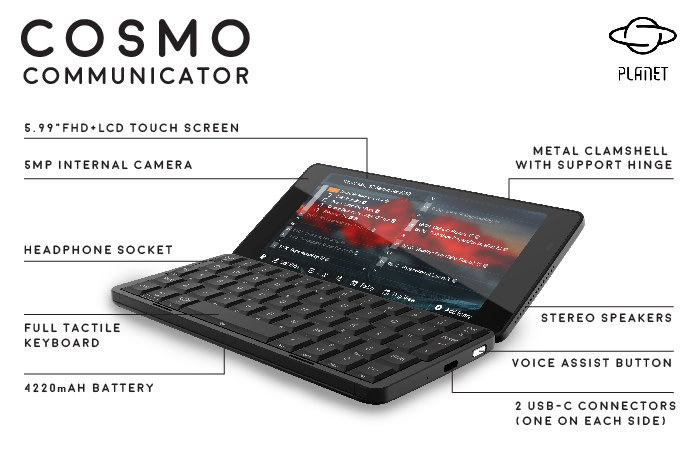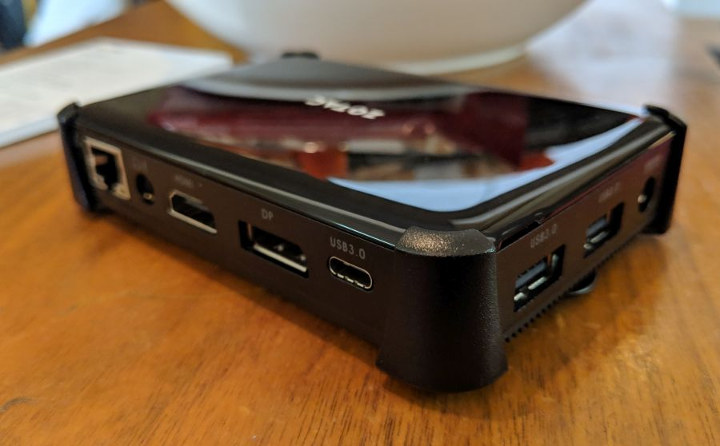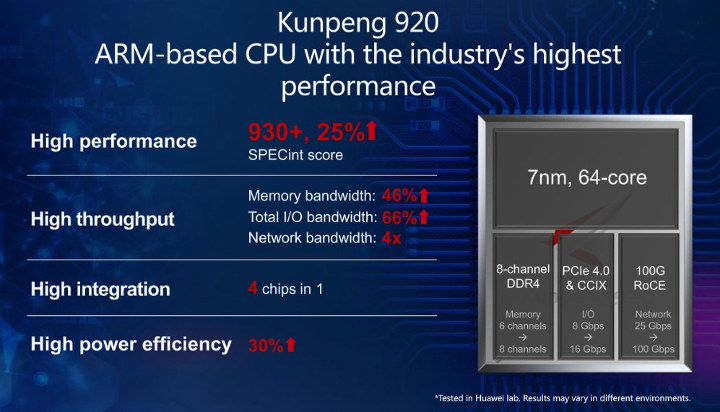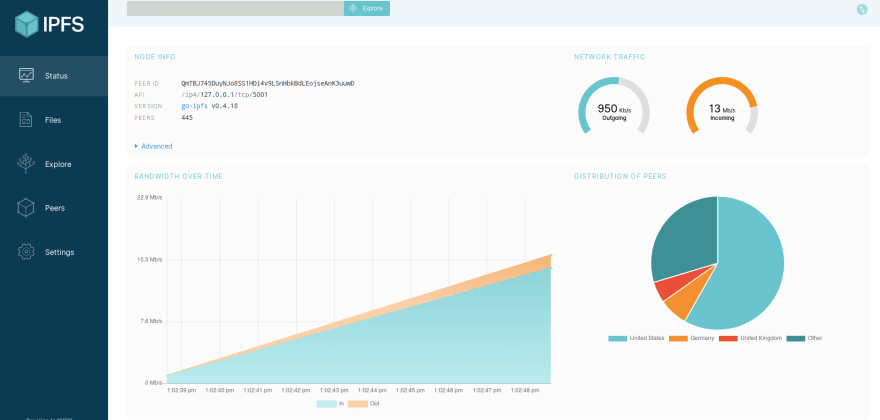Xunison X-Brain is an All-in-One smart home hub that integrates a high-performance secure router, a home server, a WiFi, Z-Wave & Bluetooth gateway. X-Brain runs Android TV operating system, so you can watch live television, stream videos from Netflix, Hulu or IPTV services with EPG, as well as install apps from Google Play. The home automation part of the system allows you to control Z-Wave & Bluetooth Smart Home devices, monitor your home security system, control your home energy consumption, and so on. Xunison X-Brain V1 preliminary hardware specifications: Multimedia subsystem SoC – Unnamed quad-core processor @ 1.5 GHz with penta-core Arm Mali-450 3G GPU, likely Amlogic S905X System Memory – 2GB DDR3 Storage – 16 GB eMMC flash + micro SD card slot Video Output – HDMI + AV port (composite) Audio – HDMI output, AV (stereo audio), and S/PDIF Router subsystem SoC – Mediatek MT7628 580MHz MIPS 24KEc […]
XinaBox’s xChips Enable Modular Electronics for Makers & STEM Education
So today, I decided to have a look a 96Boards website to see if there was anything new from the community, and I came accross “X in a Box B901“, an “☒CHIP is designed to interface with the 96 Boards, such as the Dragonboard 410c. This provides an interface to support the ☒CHIP ecosystem, adding support for many additional sensors etc…” I had no idea what it was all about, so obviously I had to investigate. Xinabox (X in a Box) is an ecosystem of modular electronics boards used for developing, making products and learning. There are now over 70 modular xChip” with cores/CPUs, sensors, power, communication, output, and storage. They are interconnected together without wires, soldering, breadboards, and adapters are provided for Raspberry Pi, 96Boards, and other development boards. xChips can be sorted into 8 categories: Cores – MCU/CPI cores based on Microchip ATMega328P, SAMD21, ESP8266, or ESP32 with […]
ANAVI Thermometer WiFi Board is Designed for Home Automation (Crowdfunding)
ANAVI Technology launched several open source hardware boards for the Raspberry Pi and ESP8266 maker communities in the past, starting with RabbitMax Flex home automation HAT for Raspberry Pi, and several others including ANAVI Light Controller ESP8266 board to control LED strips. All boards are designed with KiCad opensource EDA software, and I’ve tested several already such as ANAVI Infrared pHAT or ANAVI Light Controller, and found documentation to be very good and easy to follow. The company has now launched another ESP8266 board with ANAVI Thermometer that allows you to monitor temperature and humidity, effectively acting as a thermostat for home automation. ANAVI Thermometer specifications: SoC – Espressif Systems ESP8266 Tensilica L106 32-bit processor Connectivity – WiFi 802.11 b/g/n Display – Mini OLED display Build-in sensor – AM2302 (DHT22) temperature and humidity sensor Expansion Terminal block for DS18B20 waterproof temperature sensor UART pins 3x slots for I2C sensors Misc – […]
TTGO T-Camera ESP32 Camera Board Comes with OLED Display, Sensors
ESP32 is now being used for AI workloads such as face detection with camera boards like ESP32-CAM, or the upcoming ESP-EYE board from Espressif Systems themselves, combined with ESP-WHO face detection and recognition framework. The two aforementioned board require you to use a phone to vizualize the results, unless you blink some LEDs or connect your own display. But the just released TTGO T-Camera board includes a 128×64 OLED display which should allow you to display face detection and/or recognition results, as well as a BME280 environmental sensor, a PIR sensor, and an optional fisheye lens. TTGO T-Camera board specifications: ESP32-WROVER-B Wireless Module SoC – ESP32 dual core Tensilica LX6 processor Memory – 8MB PSRAM Storage – 4MB SPI flash Connectivity – 2.4 GHz 802.11n WiFi 4, Bluetooth 4.2 LE Camera – 2MP OV2640 camera with normal or fisheye lens Display – 0.96″ 128×64 OLED display connected via SSD1306 I2C […]
Cosmo Communicator 2-in-1 Smartphone & Pocket Computer Runs Android 9, Linux
In recent years, we’ve started to see Windows 10 mini laptops with 6″ to 8″ display and a foldable keyboard coming to market thanks to products such as GPD Pocket 2 or One Mix 2 Yoga. They offer a full Windows 10 experience in an ultra-small form factor, but you’d still need to carry your phone around with you for things like calls or SMS. Cosmo Communicator offers a similar experience, but instead of relying on Intel processor and Windows, the device comes with a Mediatek P70 mobile processor capable of running Android 9 Pie or Linux distributions merging phone and mini laptop functionalities into a single device. Cosmo Communicator preliminary specifications: SoC – Mediatek P70 octa-core processor with four Arm Cortex A73 cores @ up to 2.0GHz, four Cortex A53 cores @ up to 2.0GHz, Arm Mali G72 MP3 GPU @ 800MHz, and a Dual-core mobile AI processor (APU) […]
Zotac Pico PI470 Amber Lake Mini PC is Powered by Intel Core i7-8500Y Processor
Intel announced Core-Y series “Amber Lake” processors last August. The new 5W SoC are designed for laptops and 2-in-1 hybrids with built-in Gigabit WiFi, and optional LTE cellular connectivity. But that does not mean they cannot be used in other form factors, and Zotac is showcasing their tiny ZBOX Pico PI470 mini PC powered by Intel Core i7-8500Y dual core / quad thread processor at CES 2019. Zotac Pico PI470 specifications: SoC – Intel Core i7-8500Y dual core quad thread Amber Lake-Y processor clocked at 1.5 GHz (base) / 4.2 GHz (turbo) with 4MB cache, Intel HD Graphics 615; 5W TDP System Memory – 4GB LPDDR3 memory Storage – 32GB eMMC storage, micro SD/SDHC/SDXC card reader Video Output – HDMI 2.0, DisplayPort 1.2 Audio – HDMI audio output, 3.5mm headphone jack Networking & Connectivity – Gigabit Ethernet, 802.11ac WiFi 5, Bluetooth 5 USB – 3x USB 3.0 ports including 1x […]
Huawei Kunpeng 920 is a 7nm 64-core Armv8 Server Processor
We’ve seen several Armv8 processors for the datacenter launched in recent years from companies like Cavium – now part of Marvell – and Ampere. Another company now joins the fray with Huawei having just introduced their Kunpeng 920 64-core Armv8 processor manufactured with a 7nm process, and offering 8-channel DDR4 RAM, and fast interfaces such as 10GbE and PCIe 4.0. Kunpeng 920 features and specifications: CPU – 64x Armv8 cores clocked at up to 2.6 Ghz delivering a 930 SPECint score Memory I/F – 8x DDR4 @ 2933 MHz for 6 to 8 channels memory Storage – 16x SAS/SATA interfaces High Speed Interfaces – 40x PCIe 4.0 including 16 that can be used for CCIX (Cache Coherent Interconnect for Accelerators); 640 Gbps total bandwidth Networking – 2x 100G RoCE (RDMA over Converged Ethernet) Process – 7nm process The company customized their ARMv8 cores in order to improve performance by optimizing […]
IPFS Distributed, Resilient Internet Protocol Aims to Replace HTTP
HTTP(S) is the protocol used to retrieve content from the Internet, and files are stored in a server with all clients downloading files from this location. It works fine, but also comes with shortcomings such as traffic costs for the content provider, lack of resiliency if the server is down, and lack of persistence as for example all files hosted on GeoCities web hosting service are now gone. Having all files hosted on a single server also makes it too easy for governments or companies to censor content. But while looking at FOSDEM 2019 schedule yesterday, I found out an initiative aiming to solve HTTP shortcomings had been in development for several years, IPFS (InterPlanetary File System) is a described as a peer-to-peer hypermedia protocol to make the web faster, safer, and more open, with the ultimate goal of replacing HTTP. The four main advantages over HTTP listed for the […]


